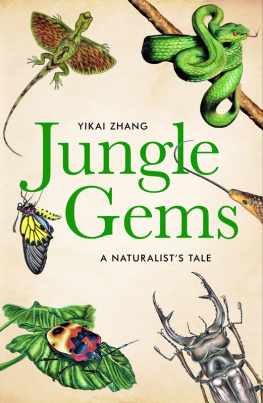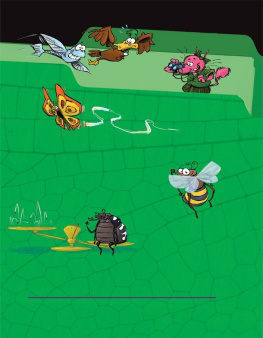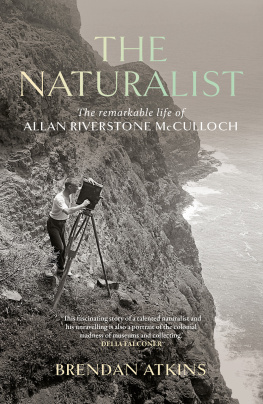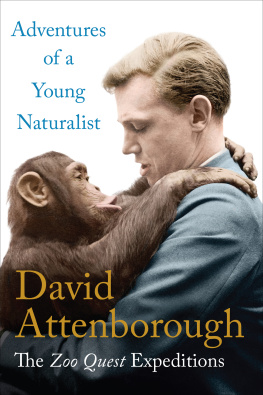

Max Barclay,
who ignited my passion for entomology;
Gabriel Forbes-Sempill,
who introduced me to the wonderful world of art;
and
my long-suffering family,
for supporting my hobby and, at times,
putting up with a home full of insects.
CONTENTS
FOREWORD
It is 250 years since Captain Cook led the Endeavour expedition to the South Pacific, ostensibly to observe the transit of the planet Venus across the sun, a phenomenon apparently best seen from the then newly mapped island paradise of Tahiti. Cook was accompanied on this voyage by a naturalist, the headstrong Joseph Banks, who brought back hundreds of botanical and zoological treasures. Many of these, from Australia and New Zealand, were the first specimens of their kind to be systematically collected, and most remain at the Natural History Museum in London. These collections are a kind of time capsule, a window into the past, providing an insight into these environments before two and a half centuries of progress had rolled over them.
The voyage of Cook and Banks is often described as the beginning of a new age of scientific discovery, when the furthering of human knowledge, rather than the fleeting dreams of gold, land and empire, became a primary objective. This age of curiosity-driven exploration continued throughout the nineteenth century, and as Yikais highly entertaining, thought-provoking and beautifully illustrated book shows, it is far from over today. With the destruction humans have wrought on the natural environment, discovery and documentation of nature have acquired a new urgency, and the great museums that collate and distil the fruits of these voyages are becoming ever more important as archives of the worlds biodiversity.
Jungle Gems is a natural history adventure in the classic mould, but with a distinctly modern twist. Its hero sets out in search of beetles, arguably the most diverse group of organisms on the planet, with more than 400,000 species so far named by science. Experience has shown us that a skilled collector and observer, working with such a vast and seemingly infinitely variable group, may see patterns in the natural world that are hidden from others. It is no coincidence that Charles Darwin and Alfred Russel Wallace, the great pioneers of evolutionary thought, were first and foremost enthusiasts of beetle collecting. Wallace stated that he who has never observed and studied beetles, passes over more wonders in every field and every copse than the ordinary traveller sees who goes around the world, and it was the depth of observation and intensity of passion of these two amateur beetle collectors, combined with the diversity of their quarry, that led to one of the greatest leaps forward in the history of human thought. As we invent new techniques and new technologies, it is important to remember that there is still no substitute for patient and systematic expert observation and collecting, and that this work remains relevant and plays a key role in how we understand and conserve the natural world.
Yikais book shows that exploration and curation are not only about observation, but may include a large chunk of detective work as well, and he describes the thrill of discovery as pieces of a puzzle, natural or otherwise, drop into place. It is also splendidly illustrated with the authors own watercolours, which invoke a golden age of natural history illustration.
I hope that Jungle Gems will help to inspire a resurgence of explorer naturalists to go out into natural habitats and study and collect natural objects. There is much that we still dont know about the natural world and its component species, and remarkable new discoveries certainly still await the patient, the curious and the intrepid in the jungles and forests, and indeed in the copses and fields, of the world.

Maxwell V. L. Barclay
Senior Curator of Coleoptera, Natural History Museum, London
August 2018
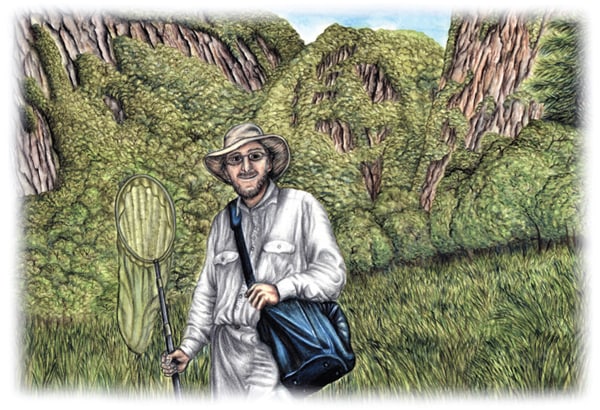
PREFACE
It is with great fondness that I look back over the past year of my life, and realise just how much I have matured in tandem with my own creation. Every writer knows the struggle of finding the right words to express their feelings, and every artist knows the struggle of being confronted by a blank canvas before they even get the chance to appreciate their last piece. I have experienced my fair share of both, and then some more to compensate for my lack of formal training in art and literature. Despite the process turning out to be far more difficult than I could possibly have anticipated, I now have the privilege of sitting down in front of the finished work and reminiscing about the good times the weeks of skipping university lectures to make the first illustrations, the intrepid adventures through the steamy jungles and the many cold winter nights spent at the keyboard, where all my best experiences were processed and distilled into the work before you.
A question I often get asked is why insects?, and to be honest its quite complicated. The simple answer is that theyre incredibly diverse and colourful and I find them fascinating, but youll get that answer from anyone who claims to be interested in insects. Besides being a subject matter dear to my heart, I believe that thinking about the lives of insects (and indeed nature in general) encourages us to be more introspective about our own. One cant help but begin to ponder lifes great mysteries when we watch generations of these tiny creatures rise and fall before us like the evening tide. What is the purpose of this cycle of life and death, or does it simply exist without any inherent meaning? Do we really have free will, or are we just glorified machines built by our genetic blueprints, doomed to be slaves of our primitive desires? What if we were told that we had only a few months to live and fulfil our wishes? Would we still be making the same choices as we are making now? Questions such as these are very pertinent, since we are just as mortal as short-lived insects, yet we are somehow oblivious to our mortality unless our lives are in immediate danger. The great irony is that we see insects as simple-minded beings to be trampled on and ignored, yet with all our supposed ingenuity we are arguably more clueless: a colony of ants will work together tirelessly to build an intricate nest with no project leader, no complaints and no quarrels; a human building, on the other hand, would take months of careful planning and negotiation to even begin construction, and imagine the chaos that would ensue should there be any fault in technology or communication! In a way, insects represent purer lifeforms who are not burdened by the worry of forethought and are guided mostly by instinct their lives are fleeting, brutal and raw, bridging the apparently incompatible spheres of the elemental and sentimental.
Insects are the details in the wonderful world we live in. It is this appreciation of detail, coupled with an insatiable curiosity, that have come to define me as a person. I cannot imagine where I would be if I hadnt been introduced to nature at a young age or even worse, if I had conformed to my peer group and given in to the ridicule I was often subjected to. Indeed, on looking back over my personal journey, my fascination for insects and the natural world has permeated virtually every aspect of my life and in turn inspired countless positive changes: art stemmed naturally from the patient observations, I took up carpentry in order to build cabinets for my ever-increasing beetle collection, and my love for callisthenics began when I climbed trees to catch the longhorn beetles perched atop the branches. Nature has taught me patience, focus and tenacity, to be grateful for the life I have been given and to explore the enormous potential that lies within every one of us. Although I decided to use insects to convey my story, this book could have been about anything in the natural world: the crustacean community in a rockpool, the seeds of deciduous trees in a hedgerow or the minerals in a drop of pond water. The point is that there is often more to these trifles than meets the eye, and that they contain enough wonder and complexity for a whole lifetime of study. If there is only one thing you take away from this story, I hope that it will be an appreciation for these fascinating details, and a more balanced view of the natural world in general.
Next page
